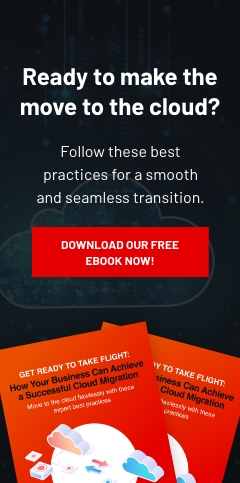The COVID-19 pandemic has caused many businesses worldwide to shift to remote work. While before the pandemic, remote work privileges were just a perk offered by some businesses, many other companies have since made it a permanent arrangement. In fact, it's estimated that by 2025, 70% of employees will be working from home at least five days a month.
This means that workers will have to access company resources outside of the office using potentially unsecured devices and connections. Most organizations use a "verify, then trust" model that gives anyone with the correct login credentials access to their network. However, cybercriminals can easily steal login information and use them to hack into private networks. Implementing a zero trust policy is a good way to mitigate this threat.
What is zero trust?
Zero trust is a security model created by John Kindervag in 2010. Zero trust is centered on the belief that businesses should never trust anyone outside or inside its perimeter. The core principles of zero trust include:
1. Re-evaluating default access controls
The zero trust security model posits that there's no such thing as a trusted source, which is why all requests to access company resources must go through a rigid process of authentication and verification.
2. Implementing multiple preventive measures
To prevent data breaches and minimize their damage, the zero trust model uses the following preventive measures:
- Multifactor authentication (MFA)
MFA is an authentication process that requires two or more pieces of evidence, such as email/SMS confirmation, security questions, biometrics, and logic-based exercises, to confirm a user's identity. This added layer of security will strengthen a network's defenses against attackers. - Principle of least privilege (POLP)
The concept behind POLP is that it limits the access rights of users to the bare minimum permissions they need to complete their tasks. For example, employees who work in the marketing department should have access to the customer relationship management programs, but should not be given access to the payroll database. - Assigning limited privileges prevents malicious insiders from accessing information outside their job function. And should someone steal a particular user's login information, the person who stole it still won't be able to access other programs or databases within the company's network.
- Microsegmentation
This cybersecurity method divides your network into small zones to make access more difficult for hackers and thus contain breaches more effectively. If an attack occurs, the attacker will be limited to a specific zone and won't be able to move outside that microsegment.
3. Enabling real-time network monitoring
The zero trust security model is primarily preventive in nature. By implementing real-time network monitoring solutions, organizations can improve their breakout time, or the time when an attacker infiltrates the first machine to when they move to other devices on the network. Real-time monitoring can scan, analyze, and log all traffic and network activity to pinpoint exactly where anomalous activity is happening. This allows security teams to respond to potential threats faster.
The importance of implementing zero trust security
With work from home being the new normal for the foreseeable future, businesses are expanding their infrastructure to include cloud-based servers and applications and increasing the number of endpoints within their network. These, however, make it more difficult for IT security teams or managed IT services providers to maintain and monitor their perimeters.
Zero trust is one of the best ways for companies to control access to their network and resources. It combines various preventive methods to stop attackers and limit their access should a data breach occur. By strictly restricting user access and segmenting the network, zero trust can effectively contain breaches and minimize damage. This added security measure is critical because some attacks are caused by insiders.
To keep your business productive, you need to safeguard your IT infrastructure against threats both outside and inside your organization. Complete Document Solutions' cybersecurity services will detect and repel potential threats in real time to keep your network and data safe. Call us today to learn more about our cybersecurity and other IT support services.



Leave a comment!